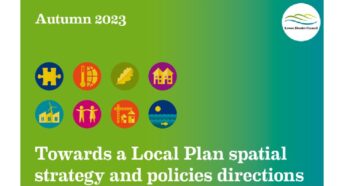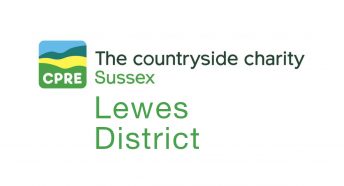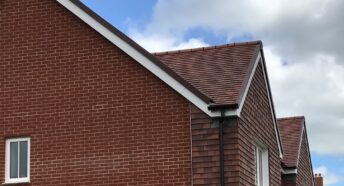Lewes District Update August 2019
The May Elections
After the May elections Lewes District remained with no overall political control, and several of the most experienced councillors, including the council leader, either did not stand for re-election or lost their seats. At the first post-election Council meeting another minority Conservative administration was formed, with 19 out of the 41 seats. However, by the second meeting in mid-July a deal had been reached between the remaining 22 councillors, a mixture of Greens, Liberal Democrats, some new Labour faces and two Independents, and a new Rainbow coalition took control. By the time you are reading this, it may all have changed again.
Planning and the Draft Local Plan
On the planning front the Inspector who examined the draft Local Plan Part 2 for the part of the District outside the National Park has provided a list of ‘Main Modifications’ for the Council to put out to consultation. Many of these are quite technical, affecting the way the District interprets the Habitats Regulations and the hotly-contested proposed Newhaven Port expansion onto a widely enjoyed area of shingle beach. As the inspector’s report was not accompanied by any interim report, the interpretation of the impact of at least some of these modifications is rather unclear. However, what is clear is that with a single exception none of the proposed new Development Control policies are considered to need changing, none of the new residential sites are dropped and the Inspector seems not to have accepted the argument put forward by some developers that additional countryside sites were needed to ensure that the District had a 5-year housing land supply. The Council’s interpretation is that the new Development Control policies now carry substantial weight in the determination of planning applications, while in practice many of the new development sites have already achieved planning permission in advance of the plan being completed. Only minor changes to the drainage conditions were required for the controversial new traveller site proposed for a site north of Plumpton Green.
None of these new Local Plan policies apply within the half of Lewes District that lies within the National Park. There planning will be regulated entirely by the policies of the new National Park Local Plan, now formally adopted and thus carrying full weight in planning terms. The two Local Plans are very different, and the countryside within the National Park currently appears very much less at risk than that outside it in the Low Weald.
Development
Development on most of the new strategic sites identified in the 2016 Local Plan part 1 is progressing well in at least planning terms, with a steady procession of planning applications making their way through the system. The latest to arrive is a very large scale application for the site at Harbour Heights, Newhaven, which when developed will have a substantial impact on the landscape between the present town and its cliffs. The picture on the ground is more patchy. Many of the greenfield sites in the Low Weald countryside have progressed to actual construction, and most of these have actually delivered the 40% affordable housing required by policy. By contrast most of the urban brownfield sites may now have planning permission, but comparatively little has actually been built. Delivery of affordable housing where it is most needed, in our towns, has been particularly disappointing.
National Planning Policy Framework (NPPF)
To date some of the most worrying threats to the unprotected ‘undesignated’ countryside arising from the latest changes to the National Planning Policy Framework (NPPF) appear to be being held at bay in Lewes District. How long this can be maintained, in the face of NPPF changes that seem designed to enable the strategic land industry to trash our countryside outside the National Park must be a matter of concern. The Downs are beautiful and National Park status does seem to be protecting them effectively. Many parts of the Low Weald are equally beautiful but sadly that part of Sussex is very much at risk. Let us hope that Lewes District does create an able and committed administration that is up to the task it faces.
Finally …. If we are serious about reducing our national contribution to climate change, one of the essential changes we must make is to ensure that the great majority of the new housing needed is placed close to public transport systems that really work, which means in urban areas. Developers left to themselves will deliver as much as they are allowed in the countryside, where extensive private car commuting is inevitable. Unfortunately what government we have is currently preoccupied with other matters.
Dr John Kay
CPRE Sussex, Lewes District




